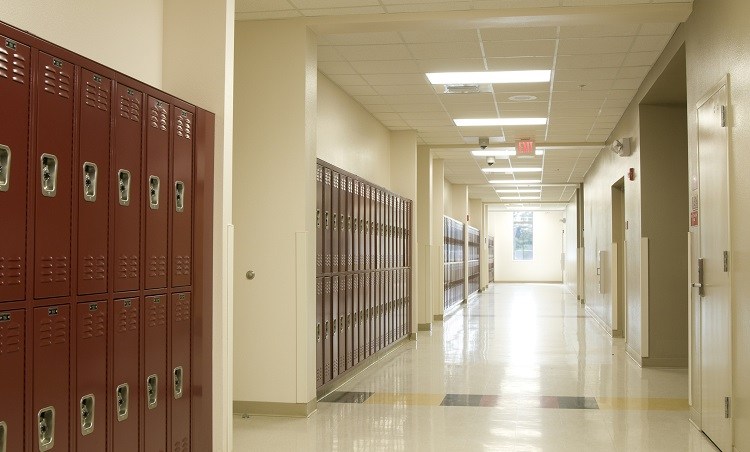Jackson families are exercising school choice

Families in Jackson, Mississippi are exercising school choice. And as is often the case, they might not even realize it. These families are just looking for the best educational setting for their children.
And they do so via multiple avenues.
Jacksonians attend public schools of choice, including charter schools and select-admission schools like magnet schools or international baccalaureate schools. These are free options. And then there are many families who have chosen to pay for private schools for their children.
Exercising school choice can also include moving away from areas where schools aren’t serving your needs and to areas with schools that can.
Choosing where you live
It is no secret that the city of Jackson’s population has been declining over the past three plus decades.
In 1980, Jackson had over 200,000 residents. It was the 71st largest city in the country at that time. Today, around 172,000 live in the city and that ranking has fallen to 149th.
But these numbers don’t tell the full story.
Over the past seven years, the population has dropped by a little more than 3,000 residents, or about two percent. At the same time, the number of residents ages five through nine went down almost eight percent.
| 2010 | 2016 | Percentage change | |
| Total population | 175,489 | 172,039 | -2% |
| 5 to 9 years | 13,516 | 12,485 | -8% |
Why are those ages important?
Because the age of five is when children usually enter kindergarten. Parents, who have previously been able to choose where they want to live based on personal preferences, such as cost, proximity to work or downtown, now must factor in their child’s school.
While more individuals and families are leaving Jackson than moving in, families with young, school age children are leaving at an even faster rate.
Choosing the right school
But what about the families that remain in Jackson?
They are, in increasing numbers, choosing where to send their children to school. Today, 33 percent of students in grades five through eight attend a school other than their assigned district school. We chose to consider those grades because they are the four grades currently served by charter schools operating in Jackson, though not every school offers every grade.
| Grade 5 | Grade 6 | Grade 7 | Grade 8 | |
| Charter school enrollment | 324 | 369 | 185 | 66 |
| Percentage of public school enrollment | 15% | 19% | 9% | 3% |
In just their second and third years of operation, charter schools are offering the safety, disciplined environment, and education families in Jackson want and if they change their minds, they can always choose something else.
Select-admission public schools, such as magnet schools or international baccalaureate schools, are another form of school choice. But unlike charter schools, these schools are run by the district and do not apply financial pressure to the district to improve.
Still, they are a popular option.
| Grade 5 | Grade 6 | Grade 7 | Grade 8 | |
| Select-admission enrollment | 245 | 257 | 250 | 268 |
| Percentage of public school enrollment | 11% | 13% | 13% | 14% |
And then there is the option of paying for private school, which is what thousands of families have chosen to do.
For this, we used data from the National Center for Education Statistics. The following chart is based on the reported enrollment of private schools in Jackson. These numbers may include families traveling to a private school from outside of the Jackson area, but there are also families in Jackson who are sending their children to a private school in a neighboring city or county.
| Grade 5 | Grade 6 | Grade 7 | Grade 8 | |
| Private school enrollment | 240 | 306 | 257 | 253 |
| Percentage of total enrollment | 11% | 16% | 13% | 13% |
What does all of this mean? Families in Jackson are exercising school choice in numerous ways. And as educational options grow, we expect to see the number of families choosing the education that works for them increase as well.
| Grade 5 | Grade 6 | Grade 7 | Grade 8 | |
| All choice enrollment | 809 | 932 | 692 | 587 |
| Percentage of total enrollment | 33% | 42% | 31% | 27% |
This is similar to what we see in other urban areas throughout the country. The number of families sending their children to their assigned district school is decreasing every year. More and more, families are not waiting for schools or districts to improve: they are pulling their children out immediately in search of better options.
After all, why should a family have to wait on a school if they need better options right now?
